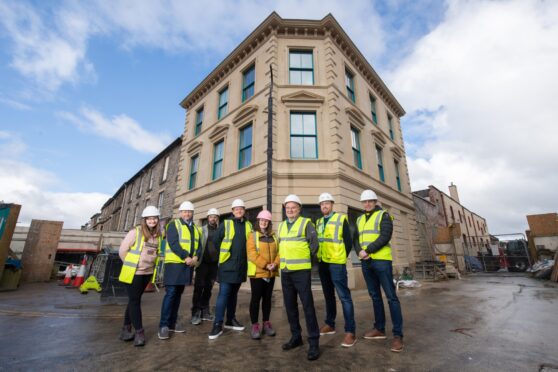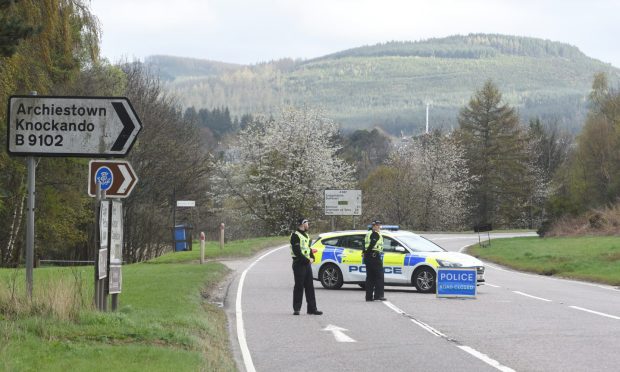A dig at a Pictish fort along the Moray coast has revealed an unexpected haul of ancient treasures, including an 1100-year-old coin and the remains of a Pictish building.
Archaeologists from the University of Aberdeen made the surprise discovery at Burghead Fort – before confirming there could be more discoveries to come.
The team – which started the dig in 2015 – believe the remains of a Pictish longhouse could provide information about the architecture, and activity at the fort.
And the Anglo Saxon coin of Alfred the Great, which was found in the floor layer of the building, helped the group to date when the fort and house were in use.
Experts are convinced Burghead Fort was a significant seat of power within the Pictish Kingdom, dating between 500AD and 1000AD.
Other artefacts, including the Burghead Bull carvings and a mysterious underground well, were unearthed at the site in the 1800s, and until recently, it was believed there was nothing left at the site.
Dr Gordon Noble, senior lecturer in Archaeology at Aberdeen University, said: “The assumption has always been that there was nothing left at Burghead; that it was all trashed in the 19th century, but nobody’s really looked at the interior to see if there’s anything that survives inside the fort.
“But beneath the 19th century debris, we have started to find significant Pictish remains.
“These findings suggest that there is still valuable information that can be recovered from Burghead which would tell us more about this society at a significant time for northern Scotland – just as Norse settlers were consolidating their power in Shetland and Orkney and launching attacks on mainland Scotland.”
Bruce Mann, archaeologist for Aberdeenshire Council Archaeology Service added: “Burghead Fort has long been recognised as being an important seat of power during the Early Medieval period, and is known as the largest fort of its type in Scotland. Its significance has just increased again though with this discovery.”
The dig was carried out in conjunction with the Burghead Headland Trust and the Aberdeenshire Council Archaeology Service.
Learning about the past
Enthusiastic youngsters had the chance to learn about the area’s Pictish past at an event held at Elgin Museum yesterday.
More than 25 children were transported back in time as they learned about how the Picts lived, and about the meaning behind their stone carvings.
The youngsters then devised their own creative ways to make their own Pictish stones.
Having learned about the meaning of symbols – including arches, flowers and serpents – the children were able to hide secret meanings in their work.
With a focus on authenticity, they completed the intricate work with help from the museum’s volunteers.
And there was a further opportunity to learn about the Pictish past as the keen youngsters made their own horse and cart out of paper.
Sisters Issy and Katie, who were visiting the area on holiday, proudly showed off their own designs.
Issy, 11 said that they had visited Burghead Fort and added that she had “learned about the patterns that the picts had.”
Volunteer Sara Marsh said that the event had been held because Elgin Museum “has got rather a good collection of Pictish stones.”
She added that it would help children to learn about local history.
“You can then tell them look, go to Forres and see Sueno’s Stone, go to Burghead see the Burghead Bull, go to Elgin Cathedral, see the stones there.
“It’s very relevant to this area.”










